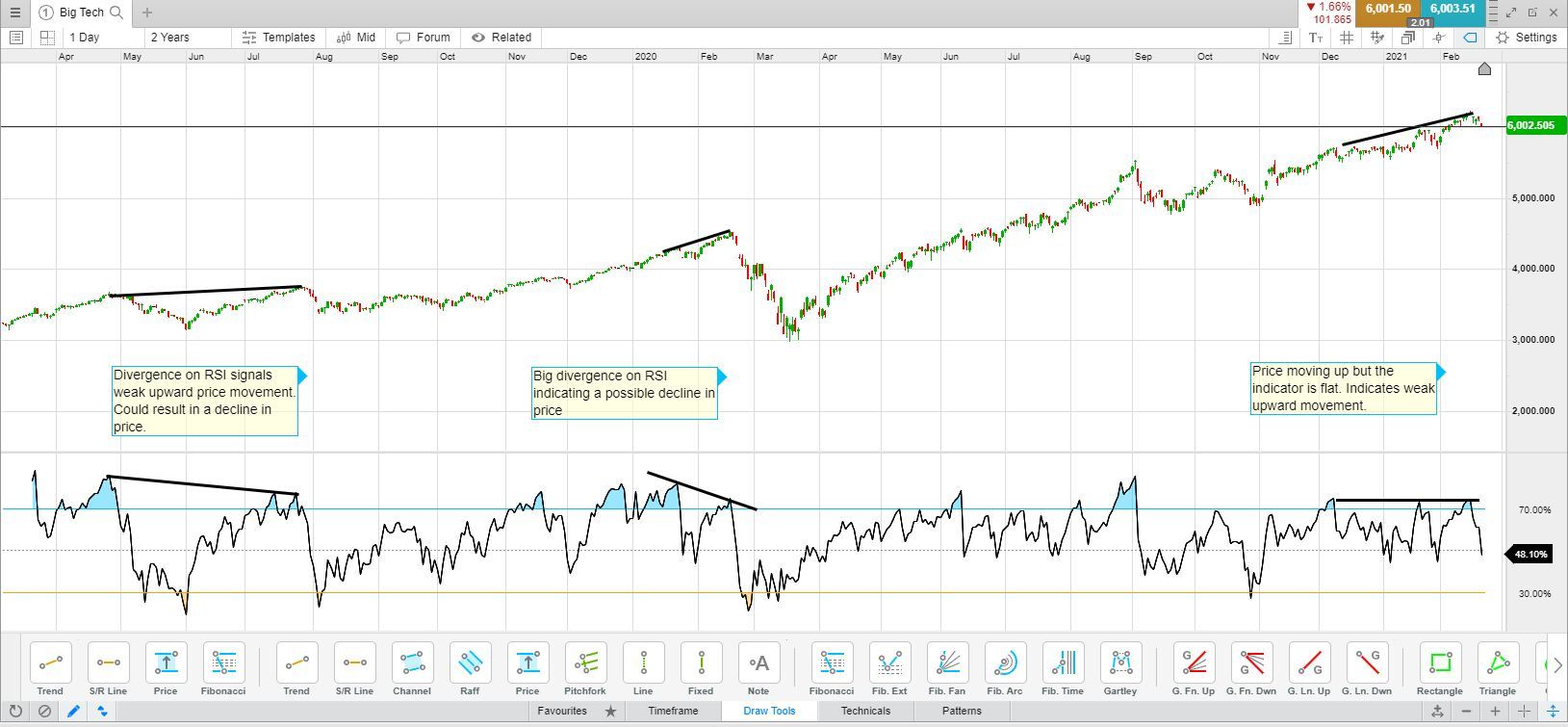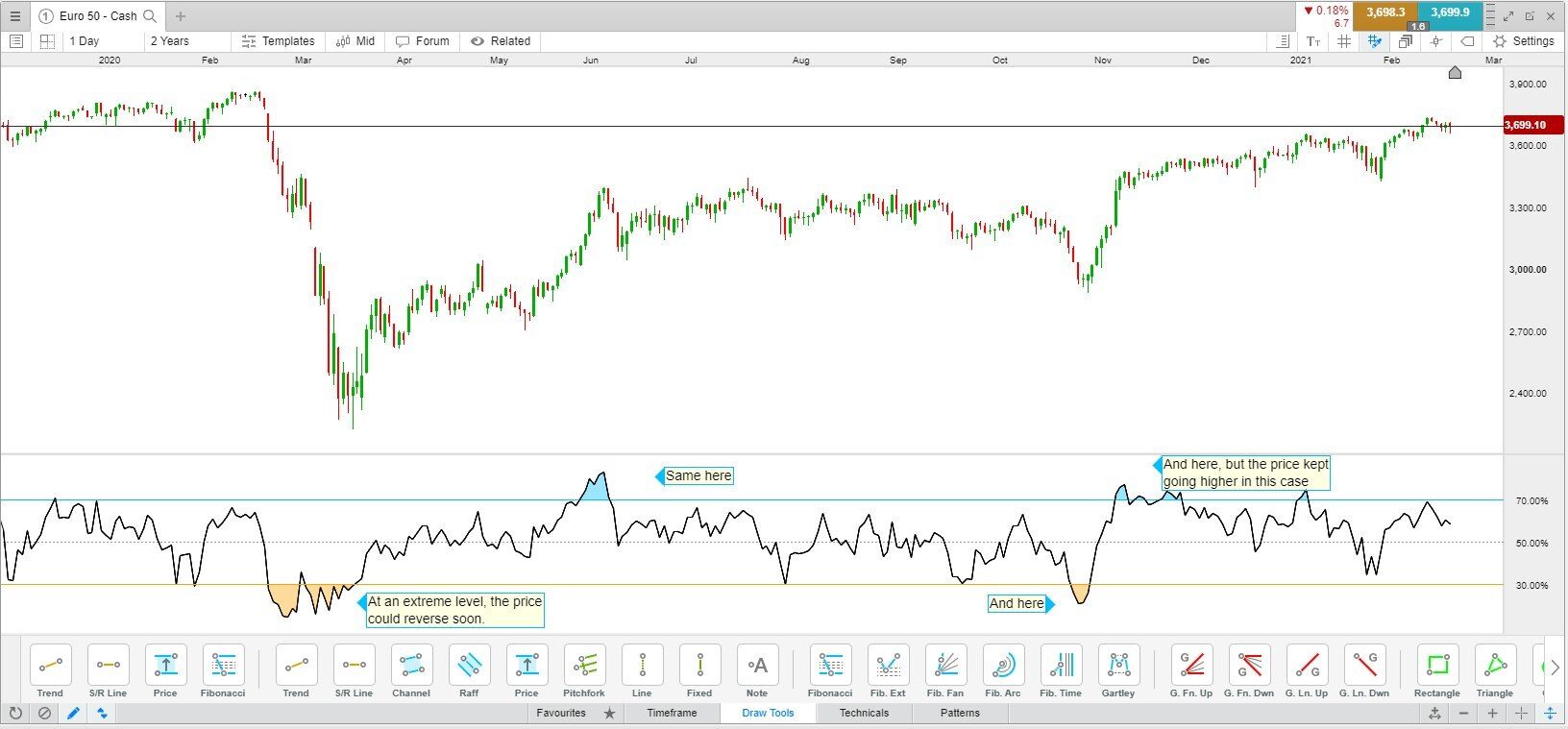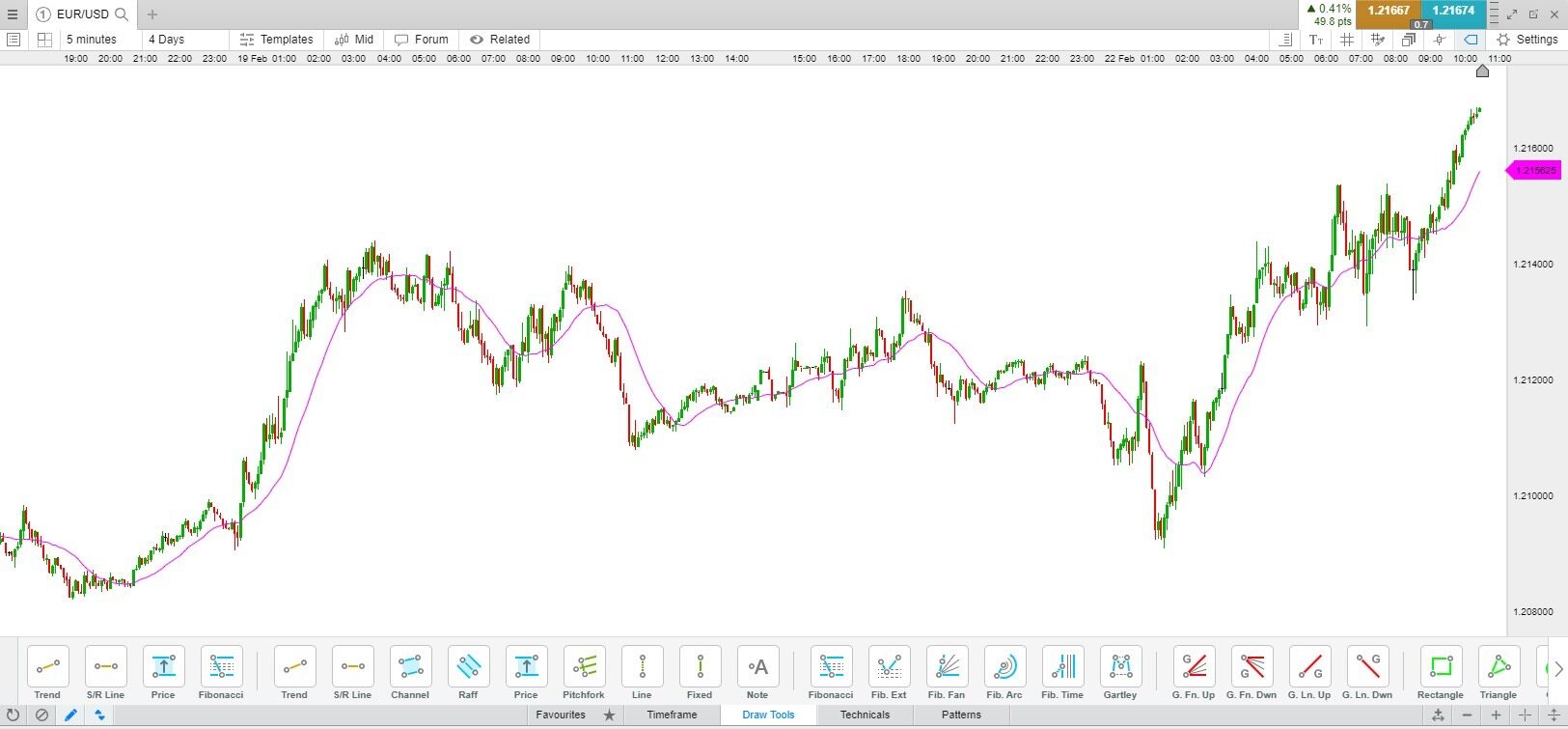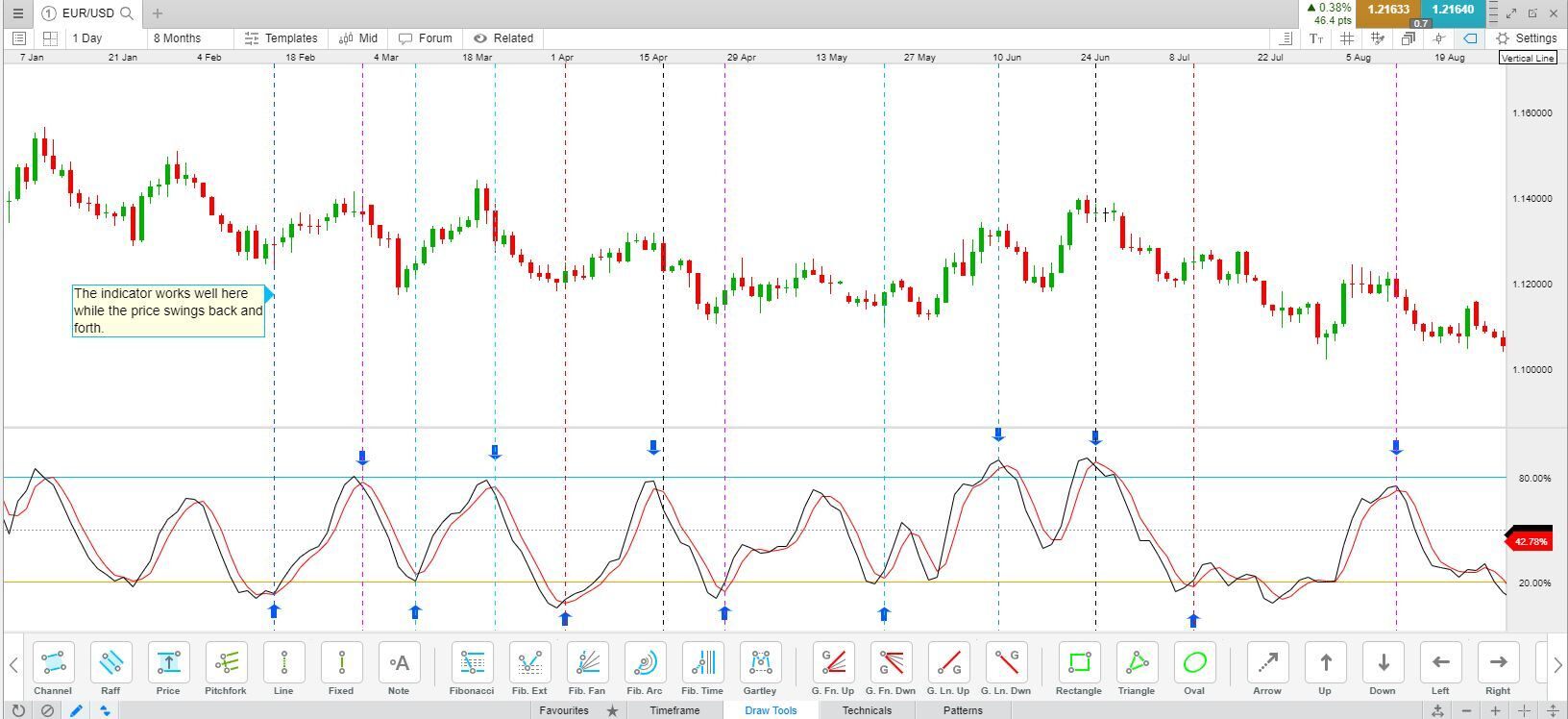When building a trading strategy, some traders opt for a combination of leading and leading technical indicators. Some prefer only leading, while others use lagging. Pure price action traders prefer to not use indicators at all and instead focus on analysing the price charts manually.
It is not so much how an indicator is classified (leading or lagging) that matters, rather how the indicator is used and interpreted by the individual. Both types of indicators have their uses and tell traders something about the price action. Leading is not better than lagging, or vice versa. When using any type of technical indicator or trading strategy, it is important to incorporate risk controls on each trade in case the price doesn’t move as expected.
Risk controls include the use of a stop-loss order, which exits the trade if the price moves in the opposite direction by a specified amount. However, stop-loss orders do not take into account market volatility, such as slippage or gapping on price charts. Another form of risk control is position sizing. Proper position sizing ensures that not too much capital is put at risk on each trade. Capital can be spread out over multiple trades, or if all the capital is used for one trade, a stop-loss could be placed so that only a small portion of that capital is at risk of being lost.
One of the main drawbacks of any indicator is the possibility of producing false signals. A false signal is when the trader interprets an indicator but the price doesn’t move as expected. For example, if an RSI is overbought and starts turning lower, this could be interpreted as a sign to sell or short sell. Yet, the price may continue going higher. This is a false signal, which is another reason for why risk controls are required when trading.








